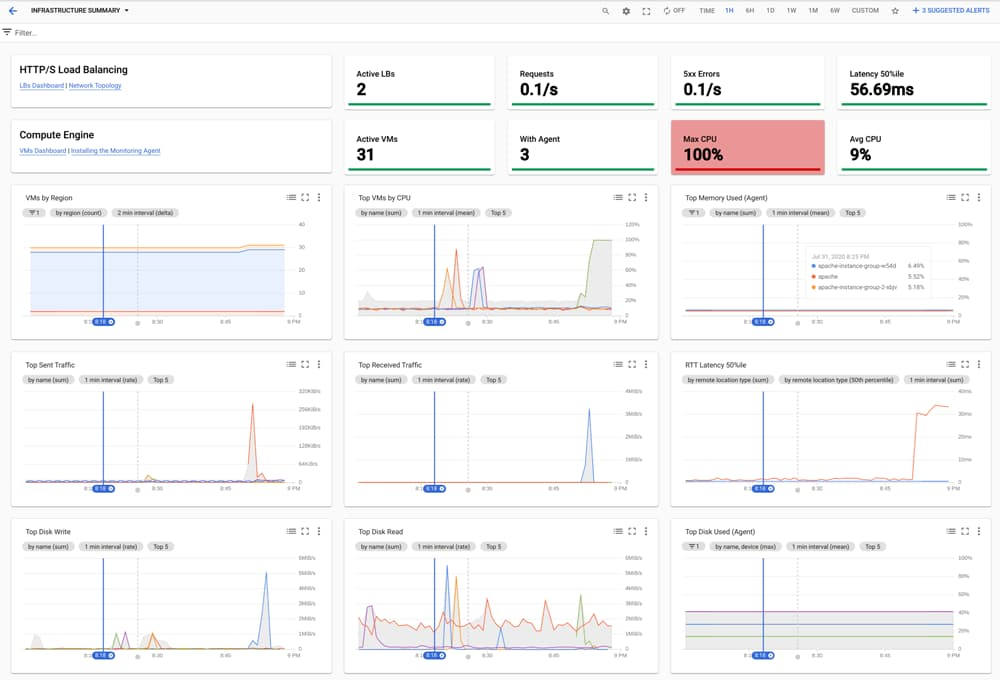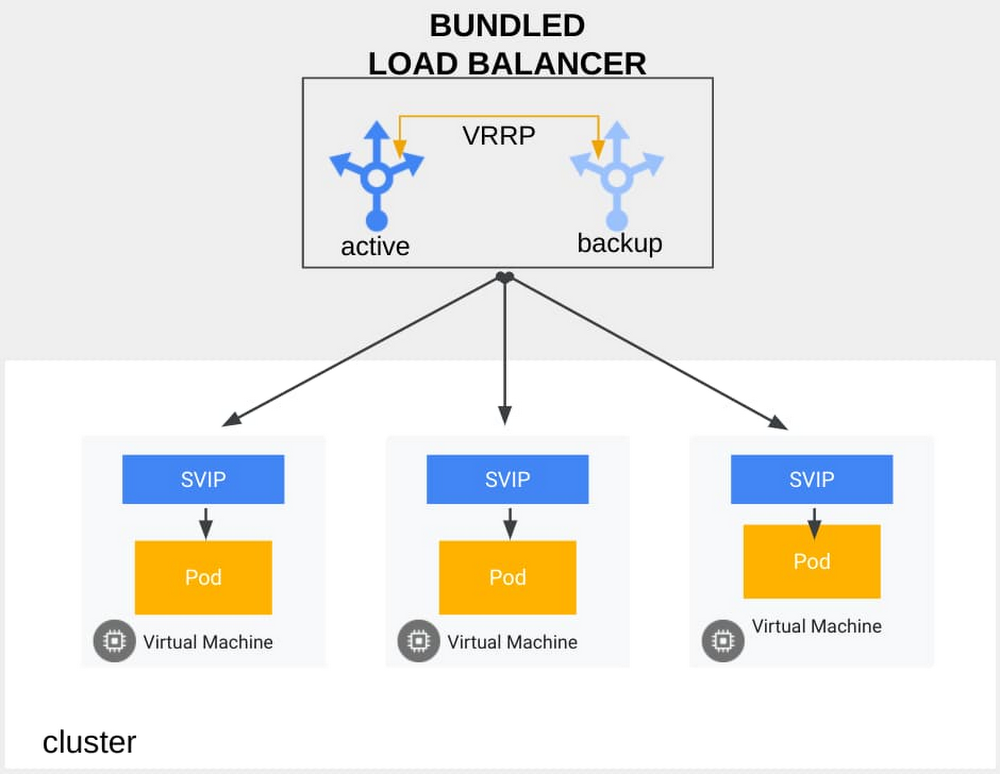This week at Microsoft Ignite, we discussed how a growing number of customers and independent software vendors (ISVs) are running their mission- and business-critical applications on Microsoft Azure.
Across our customers, the common thread that ties mission and business-critical systems together is that they support core business processes. Examples include enterprise resource planning (ERP), supply chain management (SCM), and customer relationship management (CRM) applications, but also analytics, e-commerce systems, systems of record like financial management, procurement, and payment, and more. Now more than ever, systems that support digitized customer experiences are also critical to business success.
Organizations like JetBlue rely on Azure for traditional business-critical applications like their e-commerce site, and for predictive models to improve the overall customer experience.
Companies like Allscripts deliver critical healthcare-related applications using open source software on Azure.
Manulife chose Azure to migrate and modernize its business-critical applications to improve agility, scalability, risk management, and cost-efficiency while accelerating the support of new business models.
Walgreens Boots Alliance runs SAP HANA on Azure, relying on virtual machines (VMs) with 12 TB of memory and 28 TB of storage to run their more than 100 TB scale-out SAP landscape.
Running your business on Azure can help you be future-ready and increase business resiliency, especially during uncertain times. For example, when cases of COVID-19 began to rise in the United States in February 2020, Adaptive Biotechnologies turned their immune medicine platform to map the immune response to COVID-19 to make this information publicly available to researchers around the world developing diagnostics, therapeutics, and vaccines.
Within weeks, Adaptive processed 500 million sequences, using 29 compute-years to identify immune signatures of infection. As a result, Adaptive demonstrated that the T cells signal could be an optimal marker to assess exposure to the COVID-19 virus at certain time points during and post-infection, enabling the company to start pursuing an Emergency Use Authorization from the FDA for the world’s first T cell-based diagnostic for any disease.
“Azure’s cloud computing resources and machine learning capabilities are powering our Immune Medicine Platform, enabling us to rapidly map our immune cell receptors to diseases like COVID-19 and Lyme Disease, and fueling the next generation of diagnostics.” – Mark Adams, Chief Technical Officer, Adaptive Biotechnologies
Challenges and opportunities
Earlier in 2020, we had the pleasure of being joined by Dave Bartoletti, Vice President and Principal Analyst at Forrester, Ramki Ramaswamy, Vice President IT, Technology and Integrations at JetBlue, and Prakash Iyer, Senior Vice President, Software Architecture & Strategy at Trimble Inc. in a cloud migration webinar series. We discussed the top challenges that IT organizations face when managing current mission-critical infrastructures. Security issues, high costs, and the difficulties IT professionals face when they need to update their environments are top of mind.
Conversely, when we looked at the top benefits that companies have realized by migrating their mission-critical workloads to the cloud, it’s clear that the move to the cloud has been helpful in addressing many of these challenges. The top benefits they cited were:
Improved security and compliance.
Improved performance and latency of mission-critical systems.
Improved agility (including for modernizing existing systems, developing new capabilities)
Reduced overall IT costs.
Faster infrastructure implementation time.
That’s why we continue to deliver more across all these dimensions, and earlier at Microsoft Ignite, we announced the preview of several new infrastructure as a service (IaaS) capabilities to better meet our stakeholders’ needs.
New core IaaS capabilities to increase availability, security, scalability, and performance of your business-critical applications on Azure
We recently announced several new capabilities to meet the requirements of your business-critical workloads.
Azure Dedicated Hosts: More control, flexibility, and choice
Azure customers are now able to schedule platform maintenance operations on Dedicated Hosts and isolated virtual machines (VMs), and they can control when guest OS image updates on Azure Virtual Machine Scale Sets can be rolled out. Azure Dedicated Hosts now support Virtual Machine Scale Sets, and our customers can also simplify the deployment of Azure Virtual Machines in Dedicated Hosts by letting the platform select the host group to which the VM will be deployed. All these new capabilities are now in preview. Finally, in the very near future, our customers will be able to use our Fsv2 series of VMs to run compute-intensive workloads on Azure Dedicated Hosts featuring Intel Cascade Lake processors for greater performance.
Higher performance general-purpose and memory-optimized virtual machines
Microsoft has also made recently available new Azure Virtual Machines, featuring Intel Cascade Lake processors, for general purpose and memory-intensive workloads. As a result, Azure now offers a new category of VMs that lowers the price of entry since it does not include a local temporary disk. These VM series provide up to 20 percent greater CPU performance compared to the prior generation.
New Disk Storage and networking capabilities enhance security, performance, and availability
New Azure Disk Storage updates, now generally available, include Azure Private Link integration, which enables secure import and export of data over a private virtual network for enhanced security, and support for 512E on Azure Ultra Disks to enable migration of legacy workloads, like older versions of Oracle® DB, to the cloud. Read the Azure Community post for additional details.
Finally, our customers can now use Azure Load Balancer with their globally distributed workloads, using cross-region load balancing (in preview) to improve their applications’ performance and availability.
New Linux tools and cost-effective licensing models help manage Linux infrastructure and workloads on Azure
Azure Hybrid Benefit now includes Linux, and together with Azure Image Builder provides new tools and cost-effective licensing models for you to migrate, operate and manage your Linux infrastructure and workloads on Azure.
Azure Hybrid Benefit now enables simpler and more cost-effective Linux subscription portability. This new capability is available in preview and gives customers the ability to convert existing pay-as-you-go instances running Red Hat Enterprise Linux and SUSE Linux Enterprise Server on Azure to bring-your-own-subscription (BYOS) billing, using existing Red Hat Enterprise Linux and SUSE Linux Enterprise Server subscriptions. Customers can capitalize on existing investments in Red Hat and SUSE by bringing existing subscriptions to Azure, preserve any special pricing discounts, and avoid double-billing for any on-premises subscription that has transitioned to the cloud.
Azure Image Builder, generally available by Q4, 2020, is a free image building service that streamlines the creation, update, patching, management, and operation of Linux and Windows images. Azure Image Builder will deploy resources into your subscription when used; you pay only for the VMs and associated storage and networking resources consumed when running your image building pipeline.
Next steps and additional resources
As companies increase their tech intensity, the range of business-critical applications continues to expand. Our ecosystem-based approach gives us the opportunity to build a broad range of solutions with and for our customers and partners alike. We are energized by the possibilities ahead of us and what we can accomplish together.
To learn more about our offerings, visit our business-critical applications site to access reference architectures, ISV solutions, and product capabilities. You can also experience the latest capabilities on Azure by watching our training videos.
Learn more about scheduled maintenance for host updates.
Learn more about scheduled maintenance with scale sets.
Read the Azure Community post regarding the most recent Disk Storage updates.
Read the maintenance control feature documentation.
Request access to the Azure Virtual Machine Scale Sets on Dedicated Hosts preview.
Review your options with Azure Hybrid Benefit – Linux subscription portability (preview).
Azure. Invent with purpose.
Quelle: Azure








